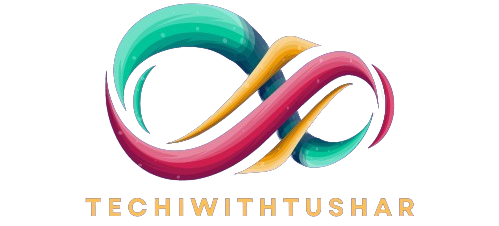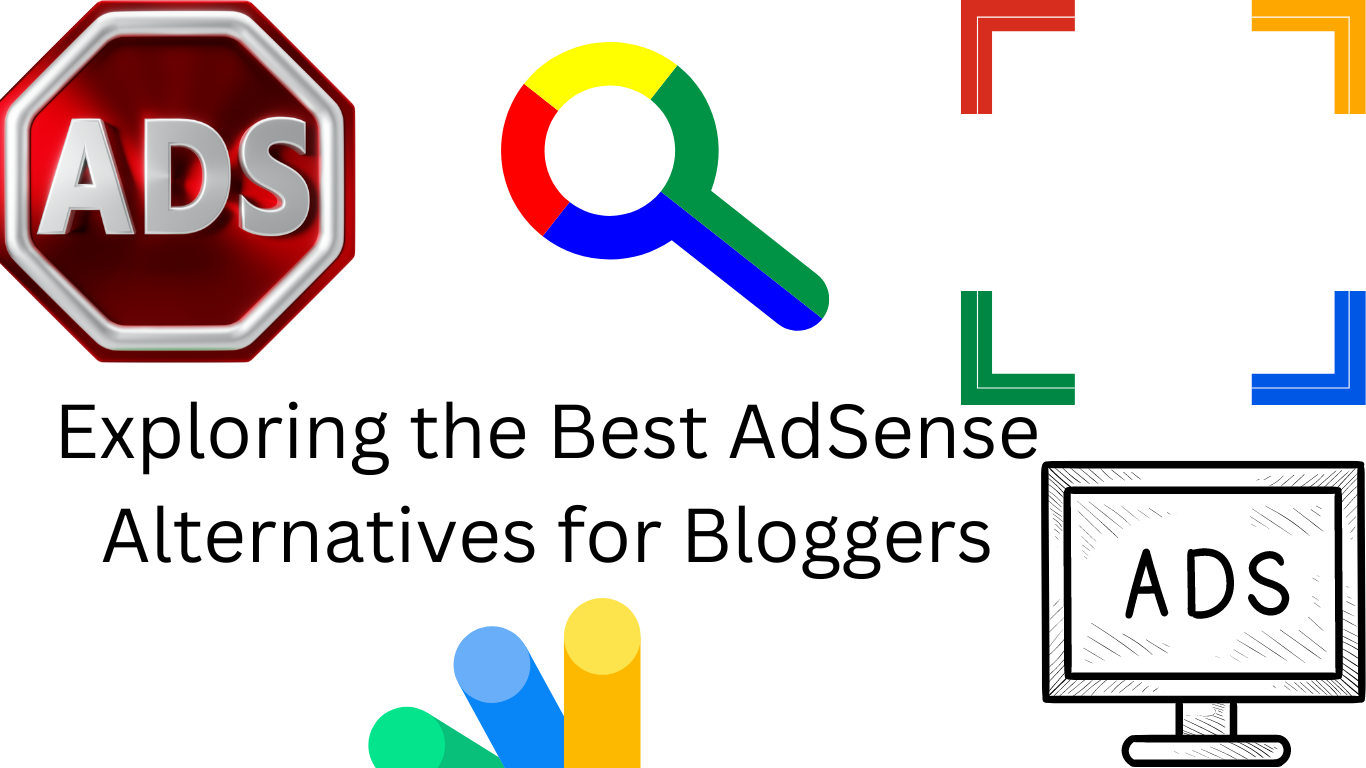Exploring the Best AdSense Alternatives for Bloggers
Monetizing a blog is a critical aspect of turning a passion project into a sustainable income source. While Google AdSense has been a popular choice for many bloggers due to its ease of use and extensive network, it’s not the only option available. There are several alternative ad networks that can be a great fit depending on your blog’s niche, traffic, and goals. In this article, we’ll explore some of the best AdSense alternatives, their features, and how they can benefit different types of bloggers.
1. Media.net
Overview: Media.net is one of the largest contextual ad networks and is often considered a direct competitor to Google AdSense. Managed by Yahoo and Bing, Media.net provides access to a large pool of high-quality advertisers and is known for its contextual advertising capabilities, which match ads to the content of your site.
Pros:
- High CPM Rates: Media.net generally offers competitive CPM (cost per thousand impressions) rates, particularly for high-value niches.
- Contextual Targeting: Ads are relevant to the content on your blog, which can lead to higher engagement and click-through rates.
- Advanced Reporting: Provides detailed performance reports to help you optimize your ad strategy.
Cons:
- Approval Process: Getting approved for Media.net can be more challenging than AdSense. They require a well-established site with a good amount of traffic.
- Ad Format Limitations: Limited variety in ad formats compared to other networks.
Best For: Bloggers with niche content and moderate to high traffic who are looking for a strong contextual ad network.
2. PropellerAds
Overview: PropellerAds is a popular ad network that offers a variety of ad formats, including display banners, native ads, and push notifications. It’s known for its broad reach and flexible ad options.
Pros:
- Diverse Ad Formats: Includes pop-unders, native ads, and push notifications, which can be more engaging and less intrusive.
- Global Reach: Suitable for international audiences with a wide range of ad targeting options.
- Easy Integration: User-friendly setup and management.
Cons:
- Intrusive Ads: Some ad formats like pop-unders may be seen as intrusive, which can affect user experience.
- Revenue Variability: Earnings can fluctuate depending on ad format and traffic quality.
Best For: Bloggers who are open to experimenting with different ad formats and have international traffic.
3. Amazon Associates
Overview: Amazon Associates is an affiliate marketing program that allows you to earn commissions by promoting Amazon products on your blog. You can integrate product links and banners into your content and earn a commission on any sales generated through those links.
Pros:
- High Conversion Rates: Amazon is a trusted brand with a vast product selection, which often leads to higher conversion rates.
- Ease of Use: Simple to integrate into your blog with various tools and widgets.
- Broad Product Range: You can promote a wide range of products relevant to your audience.
Cons:
- Commission Rates: Commissions can be relatively low compared to other affiliate programs, especially in some categories.
- Cookie Duration: The cookie duration is only 24 hours, which means you have a limited window to earn commissions after a user clicks your link.
Best For: Bloggers who can effectively integrate product recommendations into their content and have an audience interested in Amazon products.
4. Infolinks
Overview: Infolinks offers a range of ad solutions, including in-text ads, in-fold ads, and in-tag ads. It’s known for its non-intrusive ad formats that blend seamlessly with content.
Pros:
- Non-Intrusive Ads: Ads are designed to be less disruptive, such as in-text ads that appear when users hover over keywords.
- Easy to Implement: Simple to integrate with minimal disruption to your existing content.
- Flexible Payment Options: Supports various payment methods.
Cons:
- Limited Revenue Potential: Revenue may be lower compared to display ad networks like AdSense.
- Ad Relevance: The relevance of in-text ads can sometimes be less targeted than other networks.
Best For: Bloggers who want to monetize their site without significantly altering the user experience.
5. AdThrive
Overview: AdThrive is a premium ad network that focuses on maximizing ad revenue for high-traffic blogs. It’s known for providing personalized service and high CPM rates.
Pros:
- High Revenue Potential: Known for high CPM rates and optimized ad placements.
- Personalized Service: Dedicated account managers help optimize your ad strategy.
- High-Quality Ads: Works with top-tier advertisers to ensure high-quality ad placements.
Cons:
- Traffic Requirements: AdThrive requires a minimum of 100,000 pageviews per month to join.
- Higher Fees: Premium service comes with higher fees and stricter requirements.
Best For: High-traffic bloggers looking for premium ad placements and personalized support.
6. Ezoic
Overview: Ezoic is an ad optimization platform that uses artificial intelligence to test and optimize ad placements to maximize revenue. It provides a range of ad formats and detailed analytics.
Pros:
- AI Optimization: Uses machine learning to optimize ad placements and formats for maximum revenue.
- Comprehensive Analytics: Offers detailed insights into ad performance and user behavior.
- Flexible Ad Formats: Supports various ad types, including display, video, and native ads.
Cons:
- Learning Curve: The platform’s complexity can be overwhelming for beginners.
- Revenue Fluctuation: Revenue may vary as the AI system adjusts ad placements.
Best For: Bloggers who are interested in advanced optimization and have a moderate to high level of traffic.
7. RevContent
Overview: RevContent specializes in native advertising, offering content recommendations that blend with your blog’s content. It’s known for providing high-quality, engaging ads.
Pros:
- Native Ads: Ads blend seamlessly with your content, improving user engagement and click-through rates.
- High CPM Rates: Competitive rates for native ad placements.
- User Experience Focus: Ads are designed to be less disruptive to the user experience.
Cons:
- Approval Process: The network has stringent requirements for site approval.
- Limited Control: Less control over the specific ads that appear on your site.
Best For: Bloggers who want to incorporate native ads that blend with their content and maintain a high-quality user experience.
8. Sovrn (Formerly VigLink)
Overview: Sovrn is an ad network that focuses on monetizing outbound links by turning them into affiliate links. It provides automatic link monetization with minimal setup.
Pros:
- Automatic Monetization: Converts outbound links into affiliate links without manual intervention.
- Easy Integration: Simple to set up and integrates with various platforms.
- Affiliate Network Access: Provides access to a broad range of affiliate programs.
Cons:
- Revenue Split: Sovrn takes a percentage of the commissions earned from affiliate sales.
- Ad Relevance: Ads may not always be as contextually relevant as other ad formats.
Best For: Bloggers who use a lot of outbound links and want an easy way to monetize them without adding additional manual effort.
9. Taboola
Overview: Taboola specializes in content discovery and native advertising, providing recommendations for related articles and sponsored content.
Pros:
- Content Discovery: Helps drive traffic to your blog through recommended content.
- Native Advertising: Ads appear as content recommendations, blending with the user experience.
- High Engagement: Native ads often result in higher engagement rates compared to traditional display ads.
Cons:
- Revenue Variability: Revenue can be inconsistent and depends on user interaction with recommended content.
- Site Approval: Strict site approval process and may require a minimum traffic threshold.
Best For: Bloggers who focus on content discovery and want to integrate native ads that provide additional value to their readers.
10. Skimlinks
Overview: Skimlinks is an affiliate marketing platform that automatically converts regular product links into affiliate links. It’s ideal for bloggers who frequently reference products or services.
Pros:
- Automated Link Conversion: Converts regular product links into affiliate links, saving time and effort.
- Broad Affiliate Network: Access to a wide range of affiliate programs.
- Simple Integration: Easy to implement and use.
Cons:
- Commission Split: Skimlinks takes a share of the commissions earned from affiliate sales.
- Limited Control: Less control over the specific affiliate programs and products promoted.
Best For: Bloggers who frequently mention products and want a hassle-free way to monetize those mentions through affiliate links.
Conclusion
Choosing the right AdSense alternative depends on various factors, including your blog’s niche, traffic volume, and monetization goals. Each ad network has its strengths and weaknesses, so it’s important to evaluate them based on your specific needs.
- Media.net is a strong alternative if you’re looking for contextual ads similar to AdSense.
- PropellerAds and Ezoic offer diverse ad formats and optimization features.
- Amazon Associates and Sovrn are great for affiliate marketing.
- RevContent and Taboola provide native advertising solutions.
- AdThrive is ideal for high-traffic blogs seeking premium ad placements.

